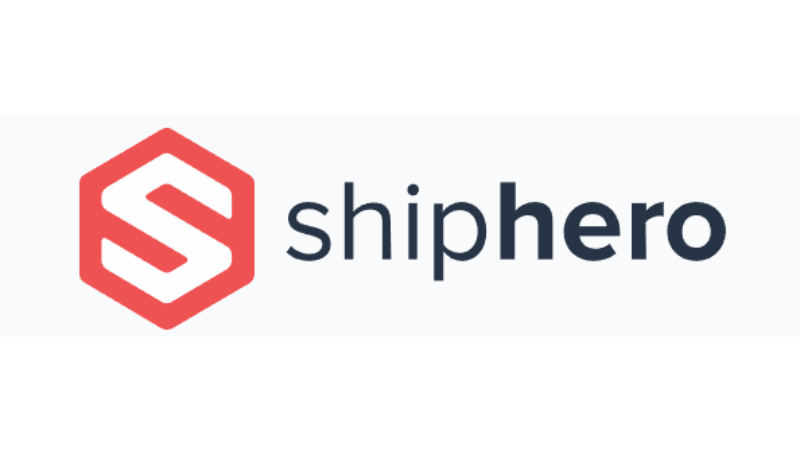
Running a direct-to-consumer (D2C) business can feel overwhelming. Many struggle with getting products to customers quickly and accurately. Late shipments or incorrect orders often frustrate both business owners and buyers.
Direct to Direct-to-consumer fulfillment is the process that helps deliver products directly from your business to customers without middlemen. It allows businesses to manage their operations better while meeting customer expectations.
This guide will explain how to effectively handle D2C fulfillment strategies. You’ll learn tips for saving costs, keeping inventory organized, and making customers satisfied. Keep reading for helpful solutions!
Understanding Direct-to-Consumer (D2C) Fulfillment
Direct-to-consumer fulfillment delivers products directly from businesses to customers. It removes the need for middlemen and simplifies the process.
What is D2C Fulfillment?
Direct-to-consumer fulfillment is the process that helps deliver products directly from your business to customers without middlemen. Businesses looking to enhance their direct to consumer fulfillment strategies can explore in-depth resources to streamline their operations and improve efficiency.
This approach gives companies more control over their operations and customer experience. “Direct-to-consumer fulfillment allows businesses to build stronger connections with their customers.” By cutting out middlemen, it can reduce costs and ensure faster deliveries.
How D2C Fulfillment Works
Businesses receive online orders directly from customers through e-commerce platforms. The system processes these orders instantly, reducing delays. Warehouses or fulfillment centers then pick, pack, and prepare the items for shipping.
Shipping labels get generated automatically to simplify delivery.
Logistics providers deliver the product straight to the customer’s doorstep without third-party retailers. This process eliminates intermediaries and allows businesses to maintain control over branding and customer experience.
Effective order tracking ensures clarity throughout the delivery process. These steps lead to improved cost management, setting up a foundation for future benefits under “Key Benefits of D2C Fulfillment.”.
Key Benefits of D2C Fulfillment
D2C fulfillment enhances the bond between brands and customers. It enables businesses to expand while maintaining control over their operations.
Cost Savings and Efficiency
Cutting out middlemen reduces costs for businesses. Direct-to-consumer fulfillment eliminates distributor and retailer fees, saving money on every sale. It also lowers inventory holding costs by shipping products directly to customers.
Automating order processing increases productivity in warehouses. Smaller e-commerce companies can process more orders faster with fewer errors. Efficient fulfillment improves profitability and allows investment in other areas like marketing or product development.
Efficiency is doing better than what is already being done. – Peter Drucker
Effective D2C strategies lead to enhanced customer experiences, which ties into the next benefit: Enhanced Customer Experience.
Improved Customer Experience
Cost efficiency not only saves money but also directly influences customer satisfaction. Fast and accurate order processing ensures customers receive their products on time, building trust in your business.
Clear communication during shipping is essential to keeping buyers informed. Providing straightforward tracking options reduces uncertainty and enhances overall service quality.
Enhanced Brand Loyalty
Direct-to-consumer (D2C) fulfillment builds trust by providing customers with faster delivery and accurate orders. Fast shipping creates satisfaction, and happy buyers often return for more purchases.
Offering direct communication with the brand also improves loyalty, as it makes the process personal.
Consistent service through D2C fulfillment ensures a smooth and satisfying experience for customers. Clear return policies and quick resolutions to issues strengthen this trust. Loyal customers can act as advocates, promoting your e-commerce business and bringing in new buyers organically.
Challenges of D2C Fulfillment
Managing inventory effectively poses a significant challenge in D2C fulfillment. Businesses often face unpredictable order volumes and returns. This makes it difficult to maintain balanced stock levels without overstocking or running out of products.
Storing excessive inventory can raise costs, while shortages negatively affect customer satisfaction. Seasonal demand spikes, particularly during holidays, create added complexities for warehouses and e-commerce companies.
Shipping directly to customers comes with high expectations for speed and precision. Consumers seek quick delivery at minimal or no cost, which puts pressure on logistics systems. Addressing last-mile delivery issues such as delays or lost packages further complicates the process.
Managing multiple carriers and ensuring real-time tracking demand constant oversight by business owners to prevent operational disruptions.
Best Strategies to Master D2C Fulfillment
Focus on tools and collaborations that make order handling easier and enhance delivery times.
Implementing Real-Time Inventory Tracking
Real-time inventory tracking enables businesses to monitor stock across various channels instantly. It minimizes errors, prevents overselling, and ensures precise order fulfillment.
E-commerce owners can act promptly on low stock levels and reorder before depletion. Warehouse experience improved organization and quicker picking processes.
Use barcode scanners or RFID systems to track items as they progress through your supply chain. This technology offers clear visibility into inventory levels at all times. Accurate data supports better decision-making while saving time for employees.
Leveraging Third-Party Logistics (3PL) Providers
Third-party logistics (3PL) providers handle storage, packing, and shipping for businesses. They help e-commerce brands save time and reduce fulfillment errors. By outsourcing to a 3PL, companies concentrate on expanding their business rather than managing warehouses.
These providers often offer quicker shipping options through extensive networks of carriers. Many also provide tools to monitor inventory and shipments in real time. This ensures customers get precise delivery updates, enhancing satisfaction rates.
Partnering with a dependable 3PL can make direct-to-consumer operations more straightforward for growing brands or warehouses with limited capacity.
Conclusion
Mastering D2C fulfillment takes planning and effort. Focus on clear strategies to improve your process. Use real-time tools and trusted partners to stay efficient. Strong fulfillment builds trust with customers and grows your business over time.
Start refining your approach today!